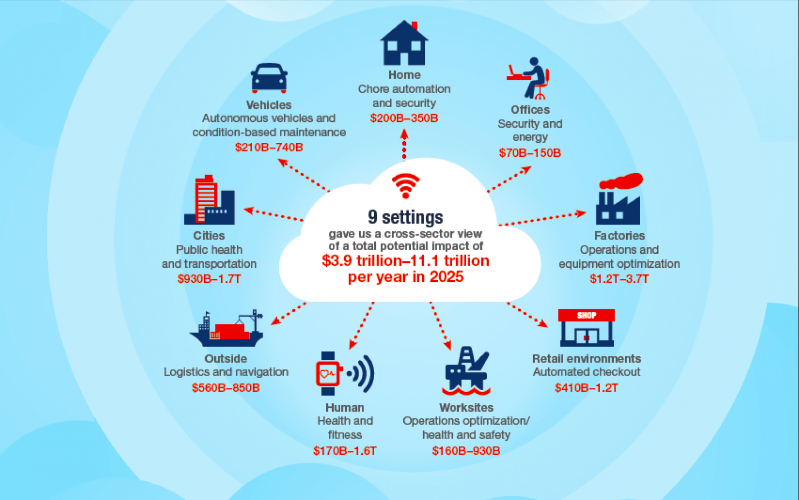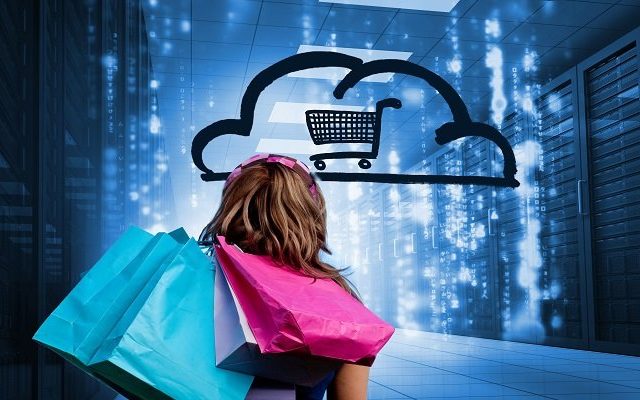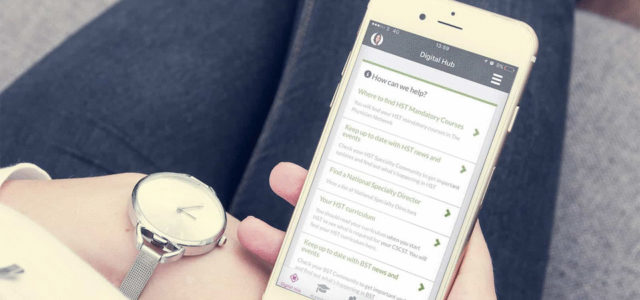In a recently published McKinsey study “The Internet of Things (IoT): Mapping the Value Beyond the Hype”, the retail industry is ranked fourth highest in potential and economic impact over the next decade, as highlighted below.
McKinsey defines the retail environment broadly “as physical spaces where consumers engage in commerce, considering or purchasing goods and or services”.
This includes traditional stores, such as, department and grocery stores, as well as showrooms where goods are on display but not available for sale. It also includes physical spaces where services are purchased, such as, banking halls, theatres and sports arenas – anywhere consumers consider and or buy; such as self-checkout, in-store offers, extra. The analysis covers only physical environments where IoT technologies can be deployed, not online retailing.According to McKinsey, “retail environments have undergone significant transformation over the past two decades due to continuous innovations, such as, information technology and the rise of online shopping, creating a massive re-alignment and reduction of market friction and transaction costs. IoT has the potential to cause even greater disruption, but IoT can also provide traditional retailers or brick and mortar (BAM) with the tools to compete – and coexist – alongside the online retail world, as “omni-channel” shopping erases or blurs the distinction between online and offline shops”.
Historically unsustainably high transaction costs will continue to increase margin pressure on BAM, created by complex and lengthy supply chain models negotiated by economics of risk and reward. BAM will in an ever futile effort, attempt to slow the disruptive process. Short term focus predictably will be on understanding and continuous leverage market friction, re-aligning and creation of a more sustainable business model. However the long term non-negotiable objective remains the same – right product, right place and right price, with customer interaction as the competitive advantage.
Future IoT innovation has the potential to dramatically improve the retail omni-channel customer experience. IoT can guide the shopper to the item viewed online, on entering the store text personalised coupons to entice the immediate in-store purchase.
IoT technology enables operations, by providing data to optimise store layouts, create fully automated checkouts and assist inventory management. These and other innovations can lower the barriers to entry for new business models and allow retailers to improve overall profitability – increase productivity, reduce costs and boost sales.
Internet of Things Retail Economic Impact
McKinsey estimates, by 2025, the IoT retail industry, would have an economic impact of between $410 billion to $1.2 trillion per year. By application and discipline, below is IoT impact within the retail environment:

Consumer Technology Trends, IoT and the Dawn of Customer Centricity
Technology trends supporting the IoT retail evolution. Within USA, 55% of shoppers are using retailer specific mobile applications and 34% independent shopping apps such as Groupon and Zulily. More than 40% of consumers want real time/immediate loyalty points, perks and discounts while shopping instore vs. receiving the same information in snail mail or e-mail format.
By the numbers – 56% of smartphone users plan to use their devices while shopping; 85% of shoppers prefer personalised offers reflecting their past shopping behaviour; 54% use or would like to use digital touchscreens instore and 61% would visit and do more shopping instore with beacon marketing campaigns.
Consumer expectations are evolving, with this, retailers need to offer new and effective engagement opportunities around the brand. As customers make real-time decisions on the network edge, instore or online as and where the rubber meets the road.
So, high volumes of structured and unstructured data, exponentially growing sophisticated consumer demands and the increased use of mobile devices in a shopping journey. How does the retailer leverage all of these opportunities to make the most of an ever increasing evolution?
Retailers that can deliver “hyper-relevance”, that according to research, is increasingly what consumers prefer during a shopping process, will stand out. Hyper-relevance delivers to the consumer, what they want, when and how they want it, in context where they are at that moment.
To succeed in this new paradigm, retailers must earn trust by consistent delivery as a brand, so as, to gain data access, allowing for a truly relevant real-time customer experience. Once consumers are willing to share personal data and participate or jump the “trust cliff”, retailers can convert real-time analytics into actionable insights.
Three key guiding attributes retailers must possess to deliver hyper-relevance and build a dynamic infrastructure and processes:
Hyper-aware, by implementing and automating edge technologies such as sensors, cameras, beacons, and RFID tags, retailers can capture value from the intelligence and automation that is now available. True visibility can be gained as to customer instore experiences, how they dwell instore and where they need help within the shopping process.
Predictive, by overlaying intelligence and analytics on edge technologies, retailers can gain real-time anticipatory behavioral insights, anticipate what to expect and how to meet real-time needs. If retailers can more systematically determine shopping peaks and loyal customers shopping patterns, they can anticipate the operational requirements – staffing needs to speed up the shopping and checkout process.
Agility, solid infrastructures, adaptive business processes and staff training capabilities are critical deliverables for these kind of dynamic experiences. When business processes can change dynamically and staff trained to respond to whats best for the customer, all while leveraging technology insights gained from an integrated system, so that the customers shopping experience can be delivered in an excellent manner.
This is obviously not as easy as it sounds. Implementing a hyper-aware, predictive and agile network to respond to your customer demands is very difficult.
More Questions than Answers?
- Forget everything you thought you knew about the digital consumer – all the old paradigms are melting away and “segmentation” no longer applies.
- Go to the edge for visibility, “what customers are experiencing at that moment”.
- Build a dynamic infrastructure and create agile processes that support the customer experience.
- Develop new business models that drive innovation and enable hyper-relevance.
2025 and the $1.2 Trillion personal IoT Customer Centric Shopping Conversation
The above translates into the early adoption of a customer centric strategy to fundamentally align company products and services with the wants and needs of its most valuable customers. That strategy has a specific aim, more profits for the long term.
Customer centricity is about identifying your most valuable customers, then doing everything in your power to make as much money from them as possible while attracting more customers like them.
These customers give you a strategic advantage over your competitors; it’s a strategic advantage that could be the best path forward for most companies.
As mobile devices were the start of the IoT retail interactive shopping journey. Wearables and an increased focus on adding sensors inside the store (such as RFID) will accelerate the consumer connectivity trends.
Big data and video analytic’s will clarify and add value to the individual shopping conversation.
Connectivity does not equate to success in retail. It is a starting point for a more in-depth conversation with the shopper.
The data driven interaction will lead to faster decisions on instore formats, brand value increases, improved product life-cycle management and faster growth through globalisation.
IoT will finally deliver customised shopping experiences. It’s back to the future, were the storekeeper will once more address you by your name. Technologically engage in the personal conversation for a share of the $1.2 trillion IoT retail opportunity!
Yebotech is a South African electronics manufacturing company which markets and sells an innovative mechatronic key and locking solution designed to replace mechanical counterparts.
The Yebotech solution incorporates all the mechatronic benefits and features, managing a company’s supply chain or infrastructure focusing on two important ingredients – people and assets!
Please visit www.yebotech.com
For complete document see reference and external link below.
External links:
McKinsey study – http://www.mckinsey.com/insights/business_technology/the_internet_of_things_the_value_of_digitizing_the_physical_world
Transaction costs – http://en.wikipedia.org/wiki/Oliver_E._Williamson
Market friction – https://en.wikipedia.org/wiki/Ronald_Coase
Omni-channel – http://www.retail-assist.co.uk/retail-definitions-omnichannel-supply-chain/
Cisco IoT Trends – http://blogs.cisco.com/retail/the-internet-of-things-retail-without-boundaries-at-synergy
Article by channel:
Everything you need to know about Digital Transformation
The best articles, news and events direct to your inbox
Read more articles tagged: Featured, Internet of Things






